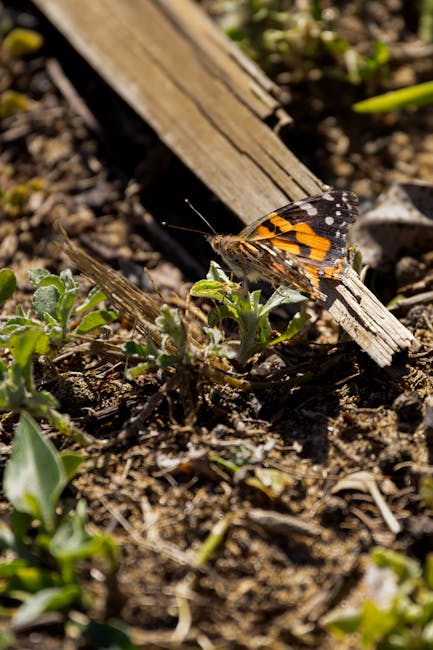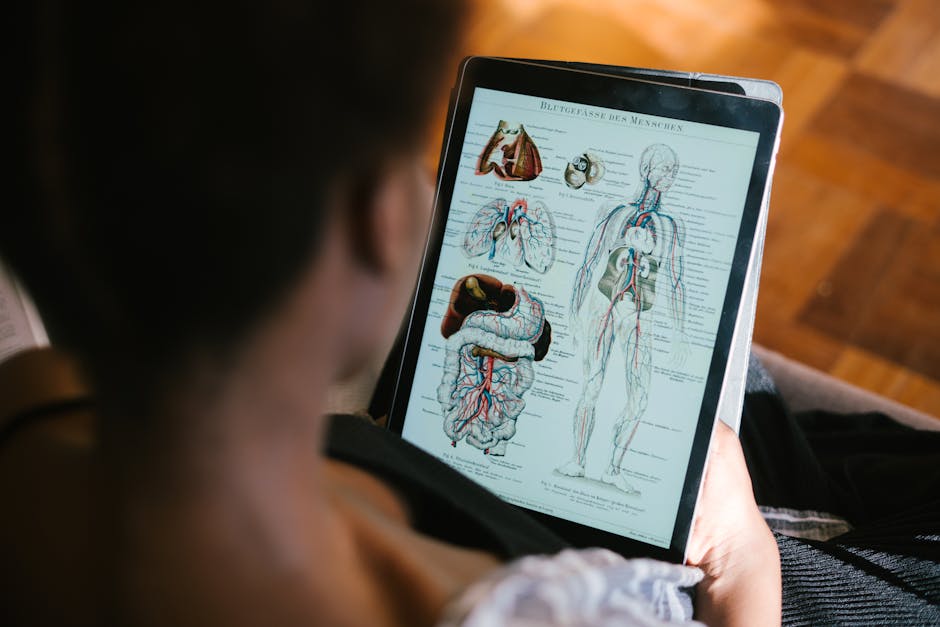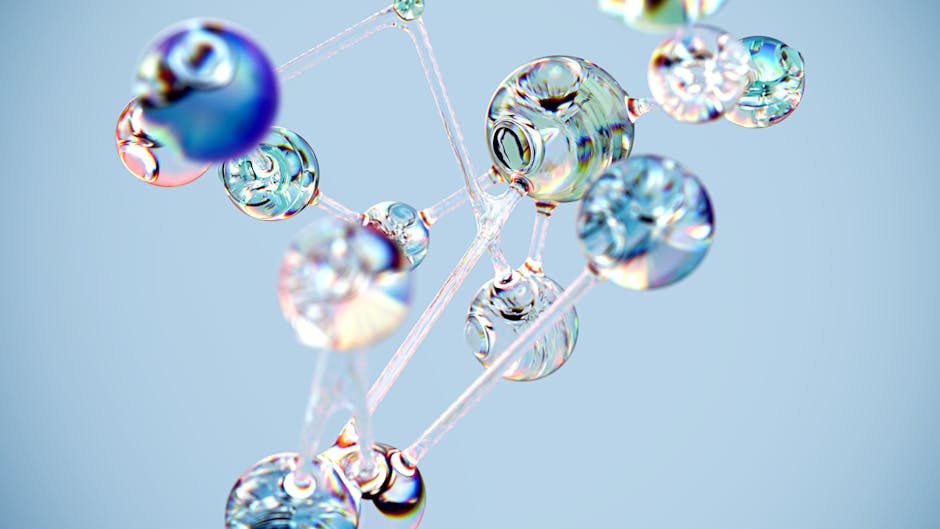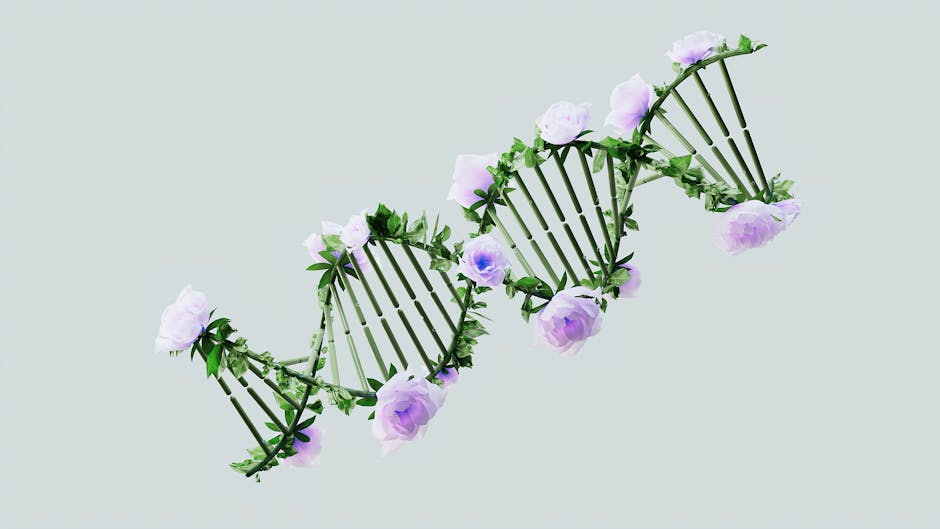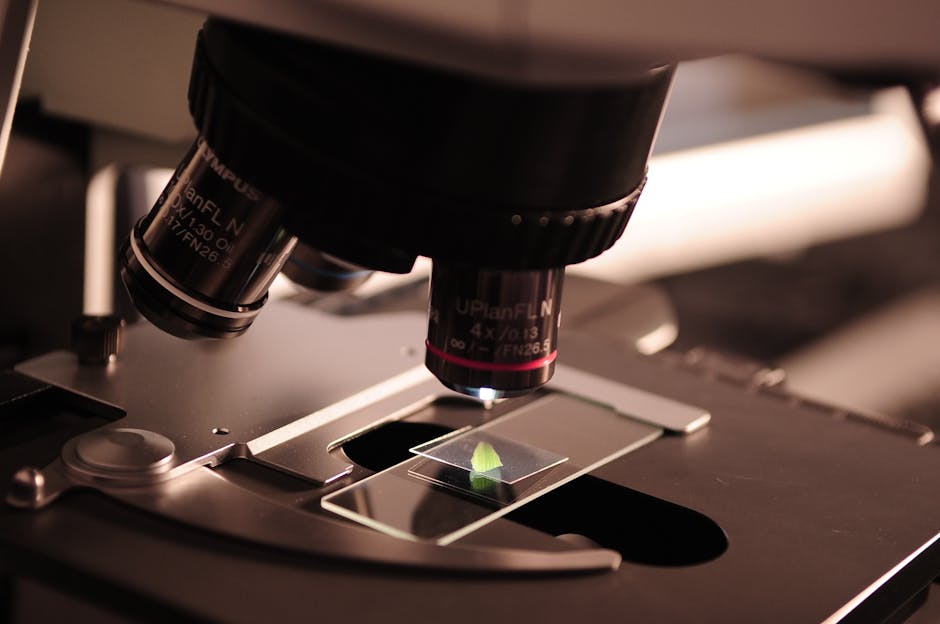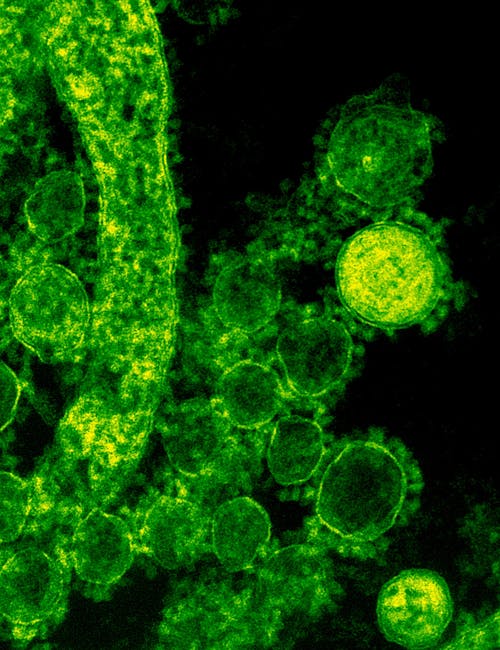Unveiling the Role of Non-Coding RNAs in Cellular Differentiation
The Central Dogma’s Unfinished Symphony: Beyond Protein-Coding Genes For decades, cellular differentiation—the process by which a naive stem cell transforms into a specialized cell like a neuron, cardiomyocyte, or skin cell—was understood through the lens of the central dogma of molecular biology. This framework posited a straightforward hierarchy: DNA is transcribed into messenger RNA (mRNA), …


